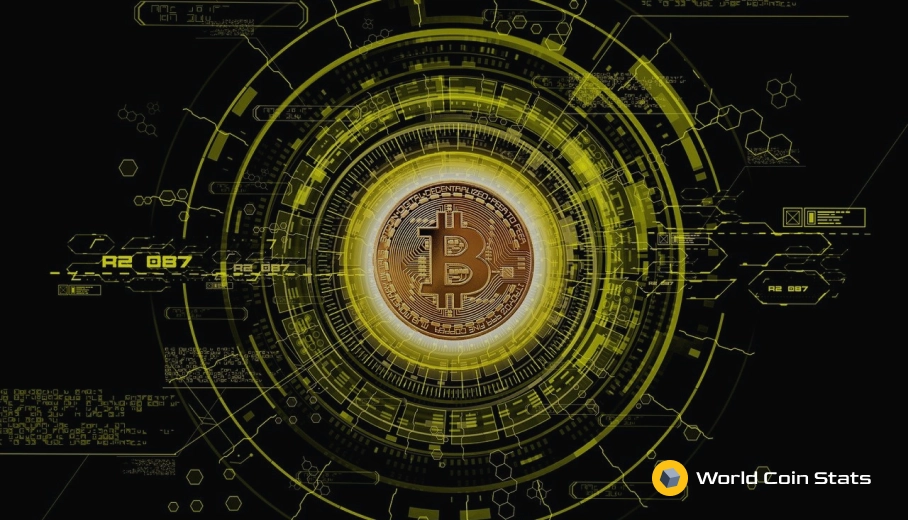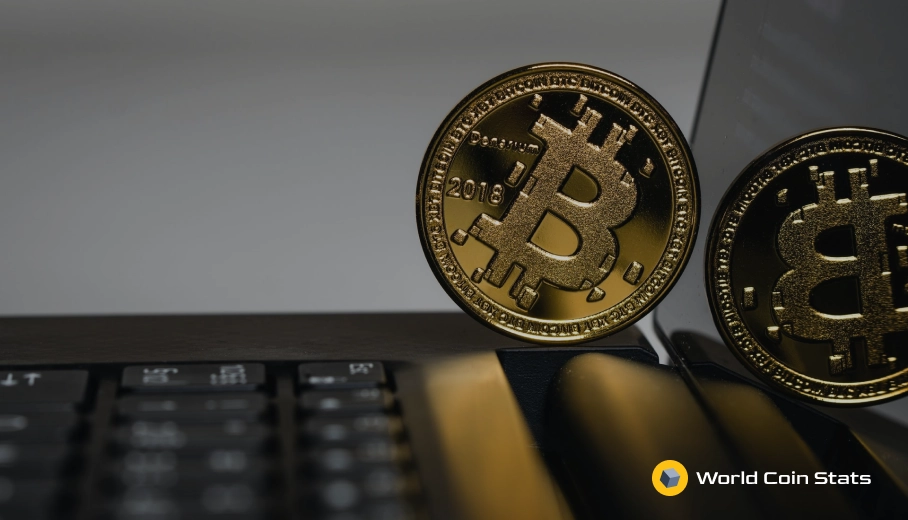Why Did The Bitcoin Price Not Go Up After Halving?
Bitcoin is a decentralized virtual currency and was the first to hit the market, and it is the most popular. There can only be 21 million Bitcoin blocks generated by the network.
Halving is an event that takes place every 210,000 blocks where Bitcoin is divided in half to lower its emission level. Since the system has carried out this event, it has become one of the most important in the economic system.
It happens every four years, and it is an automated process where miners only receive half of the bitcoins for the creation of a block. Halving happens because the amount of bitcoin is not infinite; having a limit cannot make more than that amount.
With halving, miners will only receive 50% less than bitcoins. For investors of this cryptocurrency, this is a very important event. The objective of this type of event is supply and demand. When there is less supply, the demand is greater, and with this, experts estimate that the value of bitcoin will rise.
Bitcoin is a deflationary currency. This is because the creation of new units of this cryptocurrency is really low. Its generation frequency decreases over the years, which implies that whoever owns this cryptocurrency will increase their purchasing power.
Bitcoin price with halving
Halving 2020 for many experts was a very different event than the previous ones because it was going to happen along with the Covid-19 pandemic crisis.
The previous halving events that have occurred in the years 2012 and 2016 bitcoin has presented drops in the price. By studying the historical events of this process, experts say that the price will drop temporarily. The halving in 2020 happened in May.
The first halving happened in 2012 and had a 34% appreciation, the second halving occurred in July 2016, and by then, Bitcoin was trading at USD 660. After these events, the price of the cryptocurrency has increased against the dollar American.
In 2012, it shot from $ 11 to more than $ 1,000 in just one year. In the 2016 halving, it also had an increase and remained with a value of $ 580 and $ 700. This Bitcoin value could be maintained for a couple of months before the increase it had at the end of the year that reached $ 900.
What do the specialists say?
Specialists have commented that the demand for this virtual currency can vary drastically and cannot be attributed solely to halving. Before the May event, many experts said it could lead to an increase in demand.
The halving has already passed, and the Bitcoin network experienced its first adjustment on difficulty. This difficulty has decreased from 16 trillion to 15 trillion, which means that it had a 6% reduction.
This has brought a bit of relief to miners who have come this far with Bitcoin.
After the first adjustment in the difficulty of this third event, the average time to generate a block was 600 seconds. In May, the miners were able to mine 630,000 blocks of bitcoin with halving; the miners receive per block of 12, 5 bitcoins at 6.25.
Halving 2020 arrived
For most Bitcoin investors, this event called halving is a theme that is always present. As all Bitcoin experts and investors expected, the halving happened in the first days of May. Looking at the blockchain records, the block was mined on May 11 at 3:25 in the afternoon. This event became the third halving, reducing the emission of bitcoins since Nakamoto created it in 2009.
This process wants to regulate the supply of Bitcoin in the market since, as mentioned above, it has a finite amount of 21 million BTC. As the emission decreases, this cryptocurrency becomes scarcer and, therefore, more valuable.
For this event, Bitcoin’s creation will not be eternal, so Bitcoin experts hope that its end will be in the year 2140.
The first halving in 2012 reduced bitcoin from 50 to 25 bitcoins, the second event occurred in 2016, 4 years later, and reduced bitcoin to just 12.5. The next halving will occur between March and June 2024, when a reduction in Bitcoin issuance occurs again.
These events have an impact on the Bitcoin mining industry because this reduction has an impact on the profits of miners.
The crisis the world is currently experiencing due to the new coronavirus pandemic may affect the cryptocurrency market; This economic crisis may affect the process regarding this event and the price of Bitcoin.
To study the halving operation, it is necessary to include the entire current situation. It is a different event from those that occurred in previous years, and you have to keep an eye on the movement that can occur with the price of Bitcoin.




